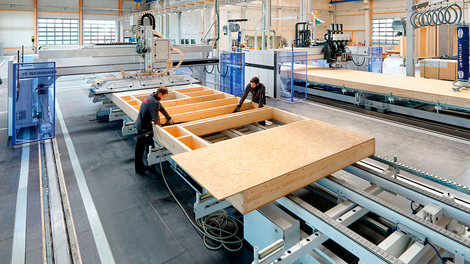As a former GC and later, a sales rep for the modular housing industry before retiring and writing about offsite housing, I was one of those people that thought “mobile homes” were something sold to people that couldn’t afford a ‘real’ home.
Today, I want to personally apologize to every manufactured home factory, dealer, and homebuyer for my lack of understanding why these homes are so important to America. I’m Sorry!
In the 1960s when I was growing up and going to high school, I remember certain kids were singled out as ‘trailer trash’. Everyone knew where they lived and were shunned by the cool kids.
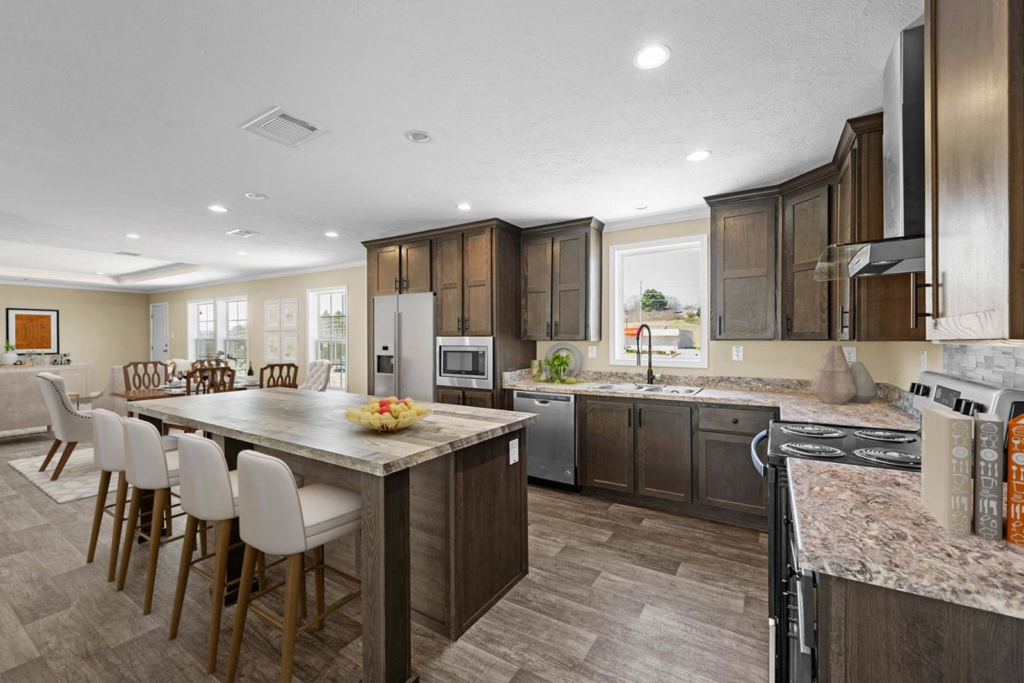
But all that changed in 1976 when HUD changed the rules and building codes for manufactured housing. No longer could they be called ‘mobile homes’ as ‘manufactured homes’ became their new name.
Even with these better building codes, the misconception of them being just mobile homes with a different name still carries through today with almost every city and town regulating them to the backwater areas.

From a personal experience, back in the 1970s I was on our local planning commission, and it was time to update our zoning map. Our town didn’t allow mobile homes but the new regulations from the state required we add them to our new map. Since everything looks flat on a map, our commission assigned zoning for those single-wide mobile homes to the side of a mountain. Everything looks flat on a map!
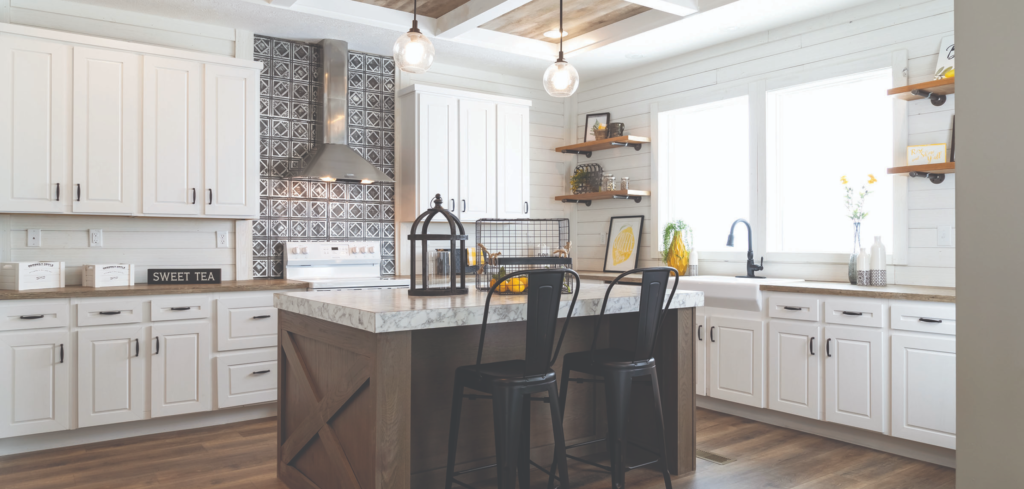
Since 1976, three things have not changed for the better for the manufactured home industry.
First, most people in America still look at a manufactured home as one of those ‘mobile’ homes they remember from the past.
Secondly, the manufactured housing industry really doesn’t do a good job of showing people that mobile homes are gone and have been replaced with homes that rival site-built and modular homes.
Third, I haven’t been able to find any active campaigns to change zoning codes to allow manufactured homes into regular housing areas instead of being regulated into their own communities.
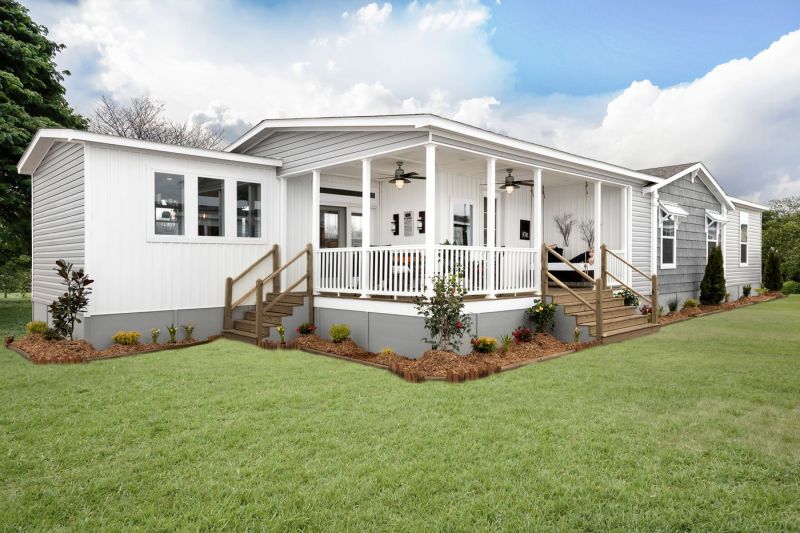
Manufactured housing is something I am going to spend more time getting to know, starting by attending the Louisville Manufactured Housing Show, the nation’s largest indoor product show for manufactured home professionals this month.
I’m going to dive into trying to learn how those three things I mentioned above are being addressed. There will be dozens and dozens of manufactured homes on display, and I will be walking and talking to manufacturers, checking out the homes, and visiting vendor booths.
I’ll also be videoing every day of the show and posting them within minutes on social media, including LinkedIn.
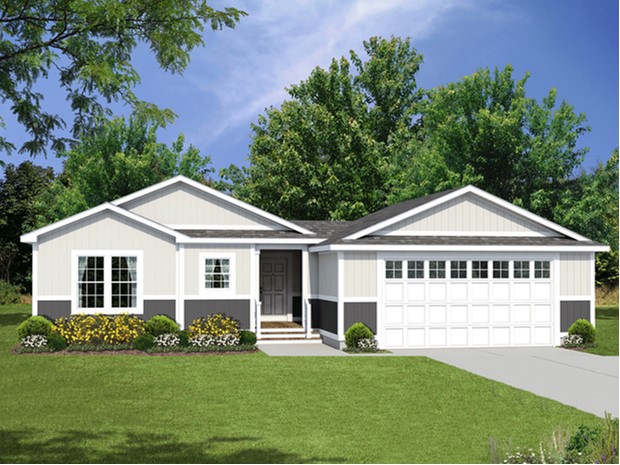
One thing I forgot to mention!
Modular home factories produce about 2% of all new single-family homes in the US. Manufactured home factories produce about 11%.
Surprised me too!
Gary Fleisher, Contributing Editor

